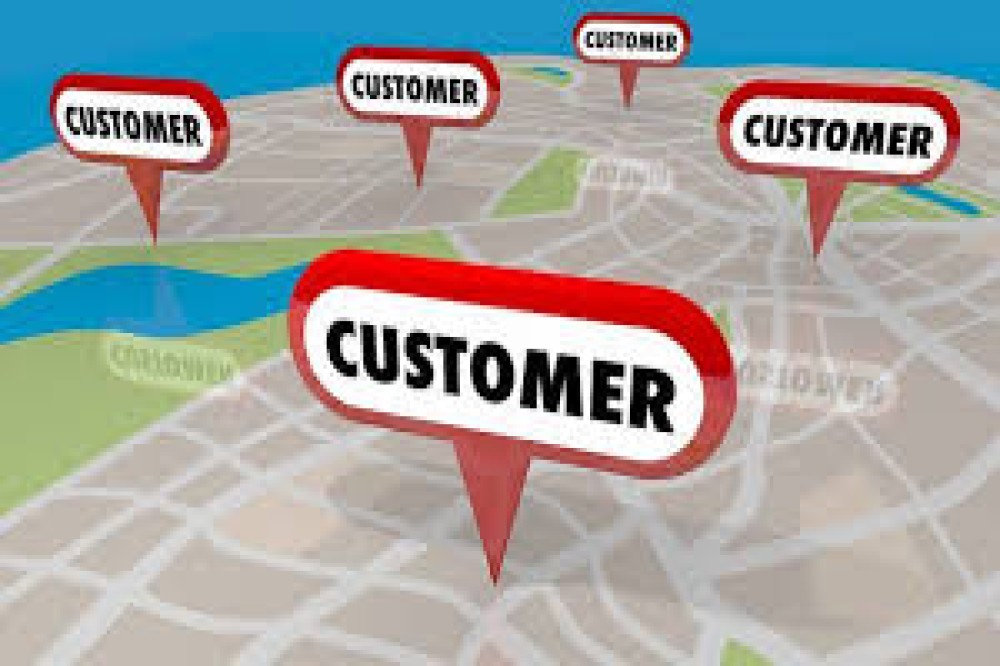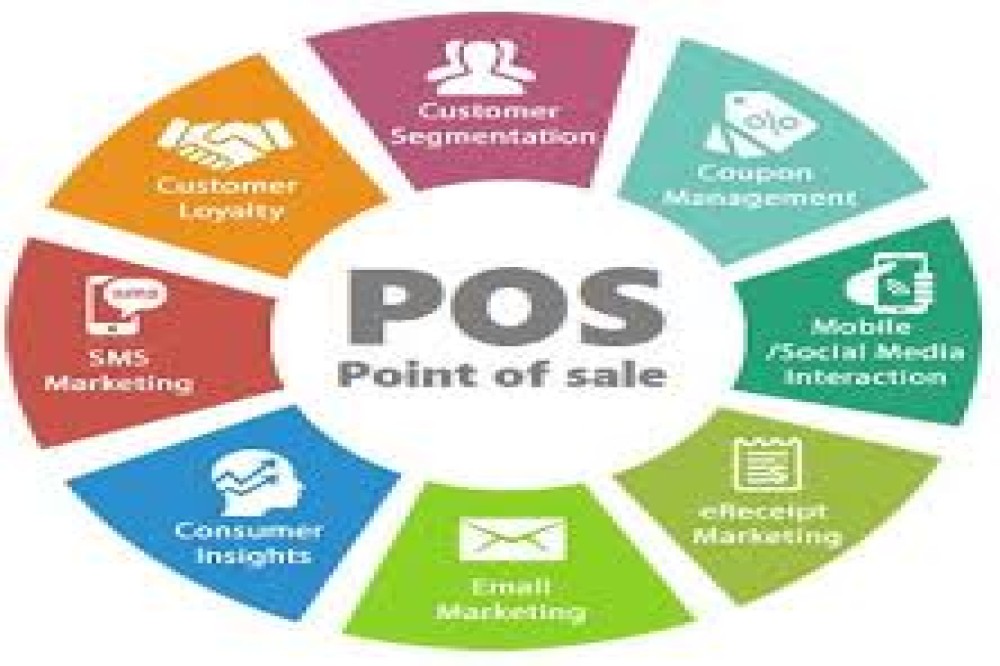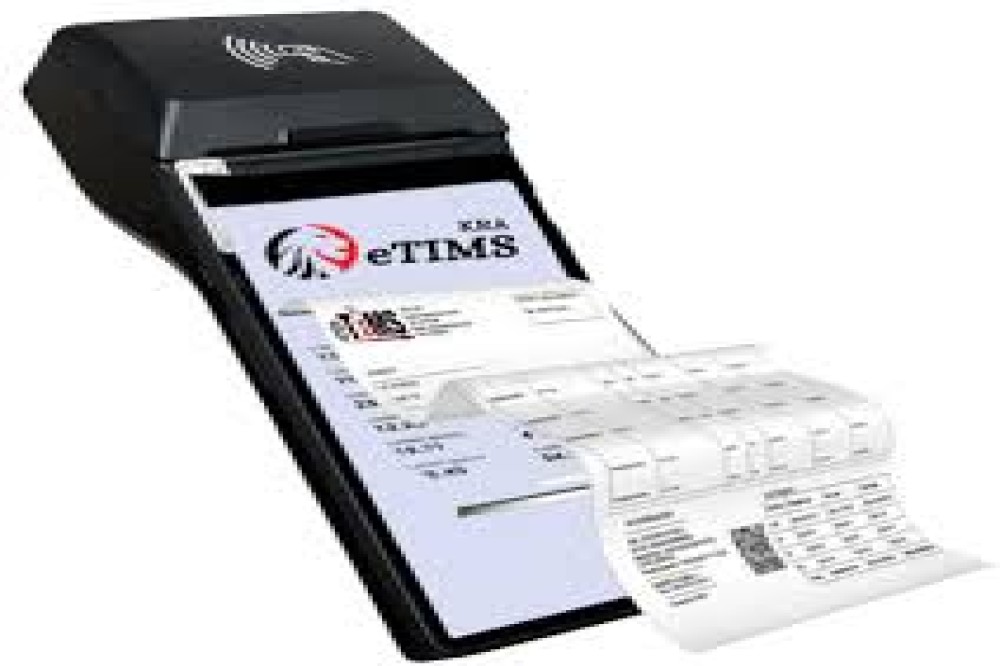Selecting the right location for your business is a critical decision that can influence your company's success. The right spot can attract more customers, increase brand visibility, and optimize operational efficiency. Here are six key factors to consider when choosing a business location:
1. Demographics and Target Market
Understanding the demographics of the area is crucial to ensuring that your business will reach its target market. Consider the following aspects:
- Age, Income, and Lifestyle: Analyze the age range, income levels, and lifestyle preferences of the local population to ensure they align with your target customer profile.
- Population Density: High population density often translates to more foot traffic, which can be beneficial for retail businesses and service providers.
Key Consideration: Choose a location where the local demographics closely match your target market to maximize customer engagement and sales potential.
2. Accessibility and Visibility
Your business location should be easily accessible to both customers and employees. Visibility also plays a crucial role in attracting walk-in traffic and increasing brand awareness.
- Transportation Links: Proximity to major roads, public transportation, and parking facilities makes it easier for customers and employees to reach your business.
- Foot Traffic: High foot traffic areas, such as shopping districts or main streets, can increase the likelihood of attracting spontaneous customers.
- Signage and Visibility: A location that allows for prominent signage or is visible from busy streets can enhance your business’s visibility and attract more customers.
Key Consideration: Ensure that your location is both easily accessible and highly visible to your target audience.
3. Competition and Complementary Businesses
Analyzing the competitive landscape in the area is essential. While being close to competitors can be beneficial, it's important to strike the right balance.
- Direct Competitors: Consider the proximity to direct competitors. In some cases, being near competitors can create a business cluster that attracts more customers, but too much competition might saturate the market.
- Complementary Businesses: Look for complementary businesses that attract a similar customer base. For example, a coffee shop near a bookstore can benefit from customers who enjoy reading while sipping coffee.
Key Consideration: Assess the competitive environment and choose a location that positions your business advantageously relative to competitors and complementary businesses.
4. Costs and Budget
The cost of the location is a significant factor, especially for small businesses with tight budgets. Be sure to factor in all costs associated with the location.
- Rent or Purchase Costs: Consider the rental or purchase price of the property and ensure it fits within your budget. High-rent areas may offer more visibility but can strain your finances.
- Operational Costs: Don’t overlook ongoing expenses such as utilities, maintenance, and property taxes. These costs can vary significantly depending on the location.
- Renovation and Build-Out Costs: If the space requires renovations or customization, factor these costs into your budget as well.
Key Consideration: Choose a location that aligns with your financial capabilities while offering the best potential for business success.
5. Local Regulations and Zoning
Understanding local regulations and zoning laws is crucial before committing to a location. These laws can affect your ability to operate and expand your business.
- Zoning Laws: Ensure that the location is zoned for your type of business. For example, some areas may be zoned strictly for residential use, which would prohibit certain types of commercial activity.
- Permits and Licenses: Investigate the permits and licenses required to operate in the area. Some locations may have specific regulations regarding signage, noise levels, or business hours.
- Future Development Plans: Consider future developments in the area that might impact your business. For example, new construction could increase foot traffic, while road closures might make the area less accessible.
Key Consideration: Familiarize yourself with local regulations to avoid legal complications and ensure your business can operate smoothly.
6. Space and Growth Potential
The physical space itself is an important consideration, as it needs to accommodate your current operations and allow for future growth.
- Size and Layout: Ensure the space is large enough to accommodate your business needs, including storage, work areas, and customer spaces. The layout should also support efficient operations.
- Expansion Possibilities: Consider whether the location allows for future expansion. This might include the possibility of leasing additional space or expanding the existing building.
- Parking and Amenities: Adequate parking and nearby amenities, such as restaurants and shops, can enhance the customer experience and make the location more attractive.
Key Consideration: Choose a location that not only meets your current space requirements but also offers the flexibility to grow as your business expands.
Conclusion
Choosing the right business location involves careful consideration of multiple factors, including demographics, accessibility, competition, costs, regulations, and space. By thoroughly evaluating these aspects, you can select a location that supports your business goals, attracts your target market, and positions your company for long-term success.







